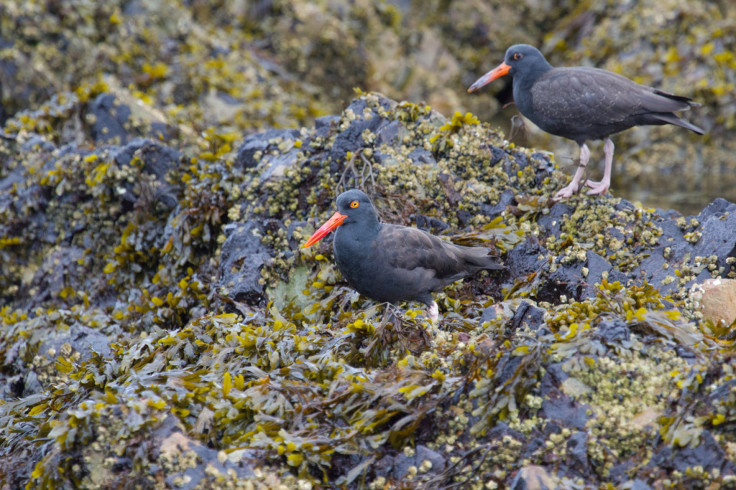‘Rat Island’ Gets A Makeover, Has Become A ‘Noisy Island Full Of Bird Life’ [PHOTOS]

A remote Alaska island once dominated by an invasive rat species is getting an encouraging ecological makeover.
The island formerly known as Rat Island, now named Hawadax Island, has successfully eradicated the invasive Norway rats after a five-year conservation effort, the Associated Press reports.
"We set the island back on its course to being a normal, productive and noisy island full of bird life," Randy Hagenstein, Alaska state director for The Nature Conservancy, said.
For decades the Norway rats destroyed the island’s native species by eating their eggs, chicks and plants. In September 2008, Island Conservation, the Nature Conservancy and U.S. Fish and Wildlife Service planned an effort to eradicate the rats using poisonous bait pellets.
Now, the treeless island has experienced a resurgence of birds that was once driven away by the rat population. For the first time, tufted puffins have been spotted breeding on the island. Other ground-nesting and shorebirds including song sparrows, snow buntings and black oystercatchers have increased in numbers, said biologist Stacey Buckelew, who worked as a contractor for Island Conservation.

“When I first landed on what was Rat Island in 2007, it was an eerily silent place. A typical Aleutian island is teeming with wildlife, swirling with noisy, pungent birds. Not this place. It was crisscrossed with rat trails, littered with rat scat, scavenged bird bones, it even smelled … wrong,” Buckelew recalled. Now, she says the island is “hardly recognizable among the cacophony of birds calling everywhere; it’s alive with bird fledglings-teals, eiders, wrens, sparrows, eagles, peregrine falcons, gulls, sandpipers.”
Invasive Norway rats are believed to have been introduced to the island -- which is part of the Alaska Maritime National Wildlife Refuge -- in the 1780s after a shipwreck. In 2008, when the eradication effort began, there were roughly 10,000 or more rats on the 6,800-acre island.
Scientists expect an increase in native bird populations in the coming years as the ecosystem recovers. Seabirds, which drive vegetation on rat-free islands, will help. As their numbers grow on Hawadax, so will the plant communities, scientists said.
“The return of bird life to Hawadax Island is an inspiring example of what we can accomplish when we work together to fix a longstanding problem. It’s a win for people, and it’s a win for nature,” Hagenstein said.
© Copyright IBTimes 2024. All rights reserved.












